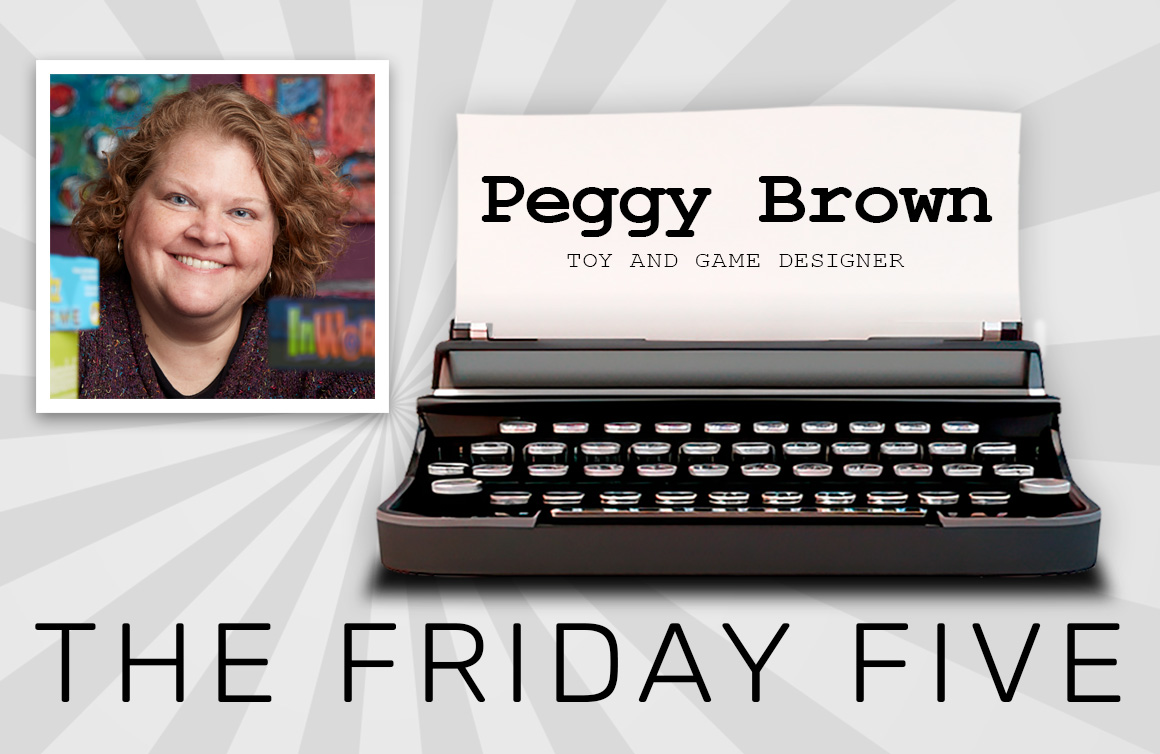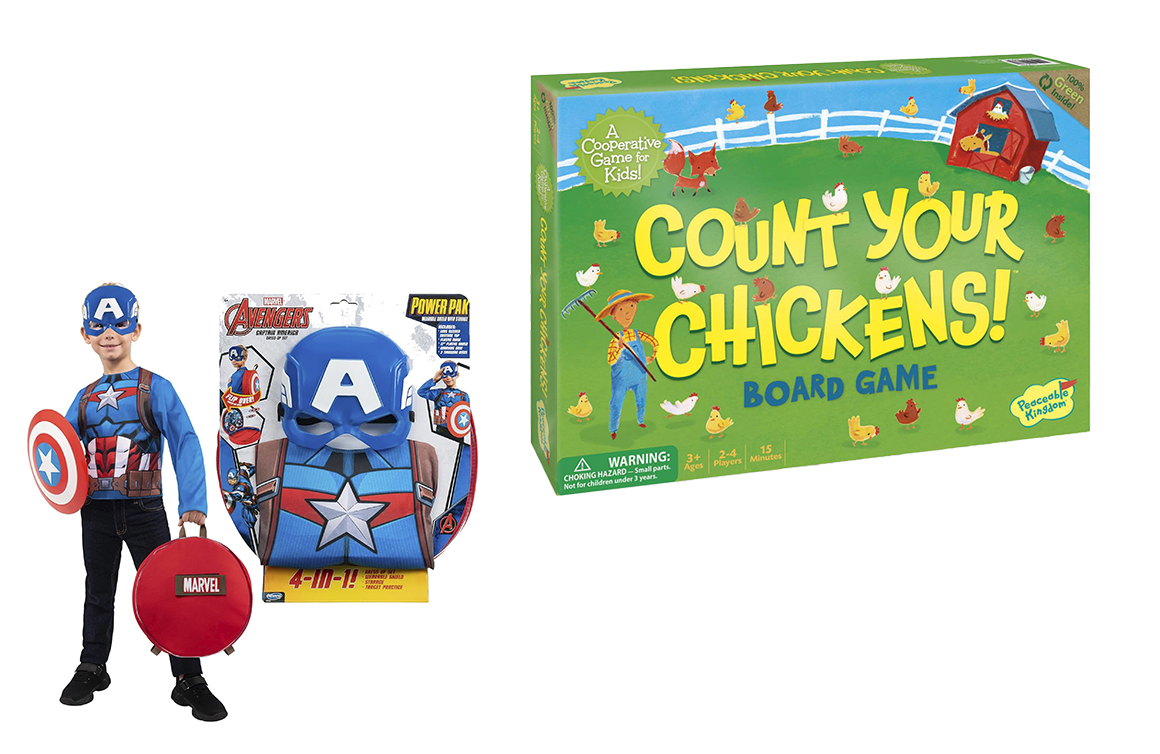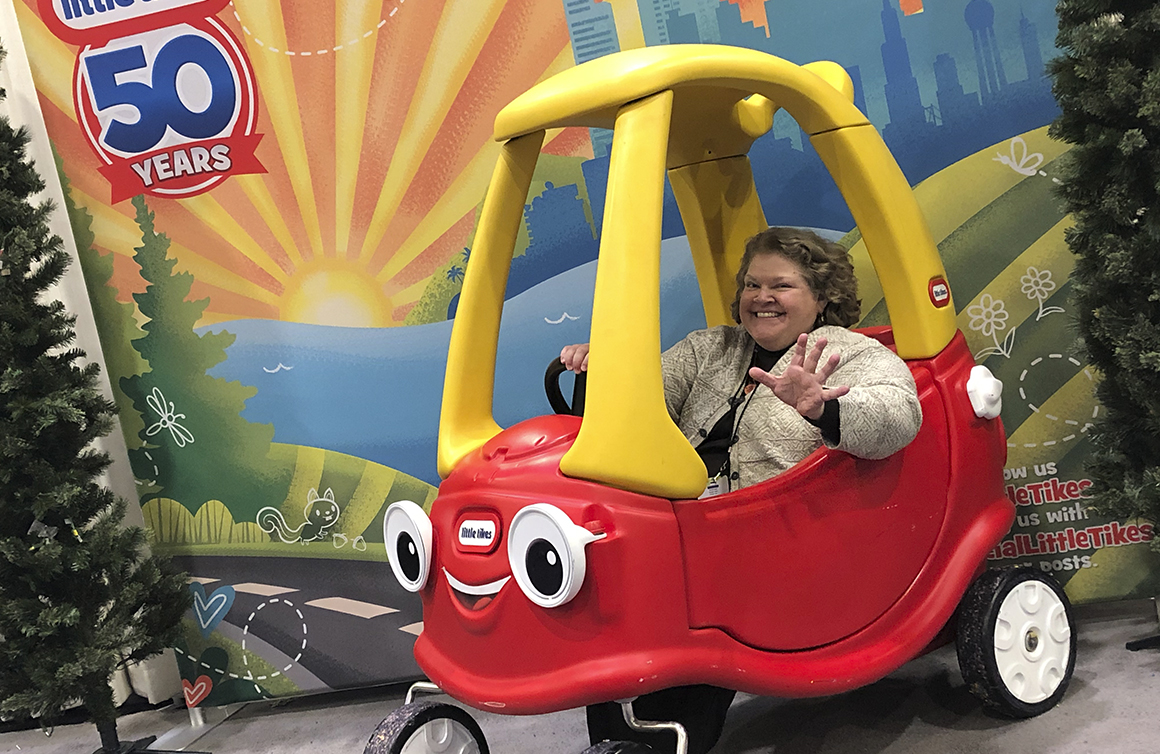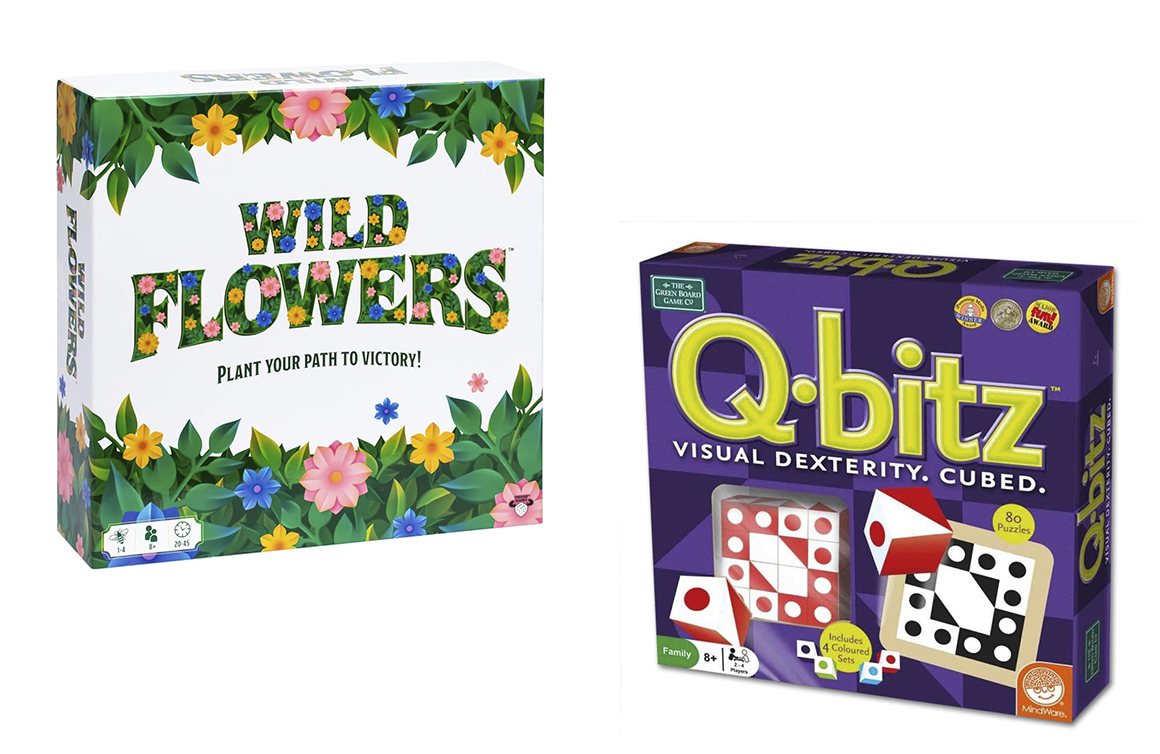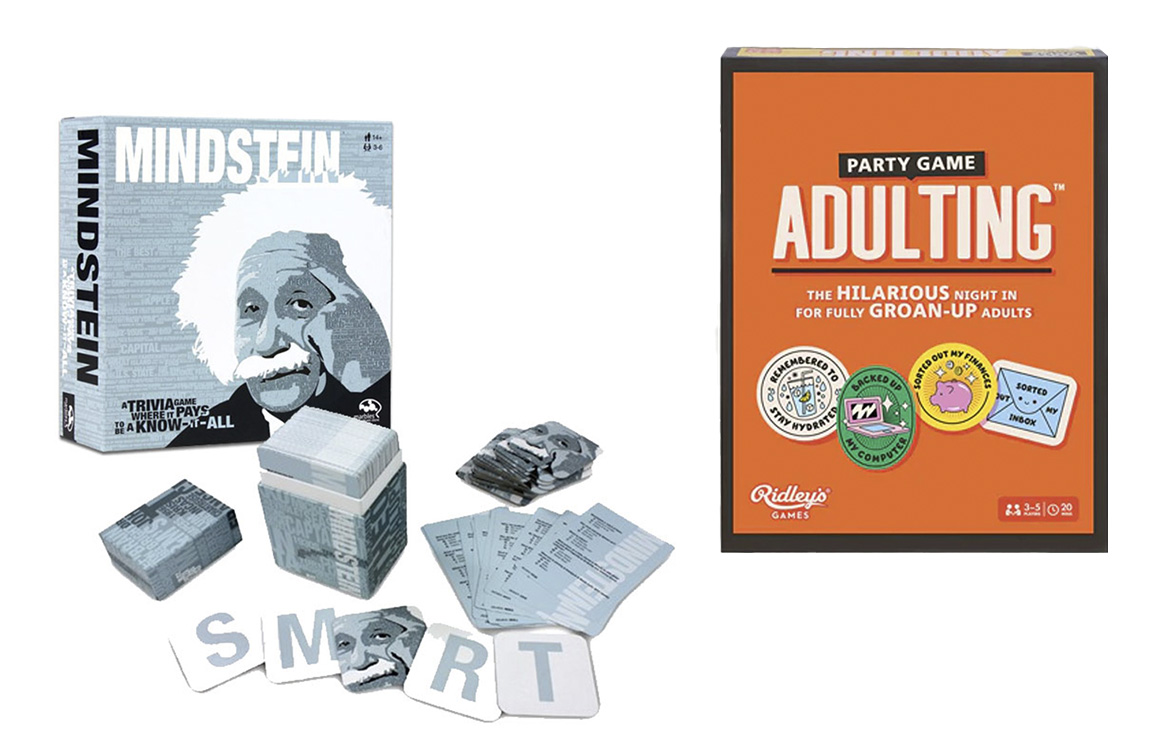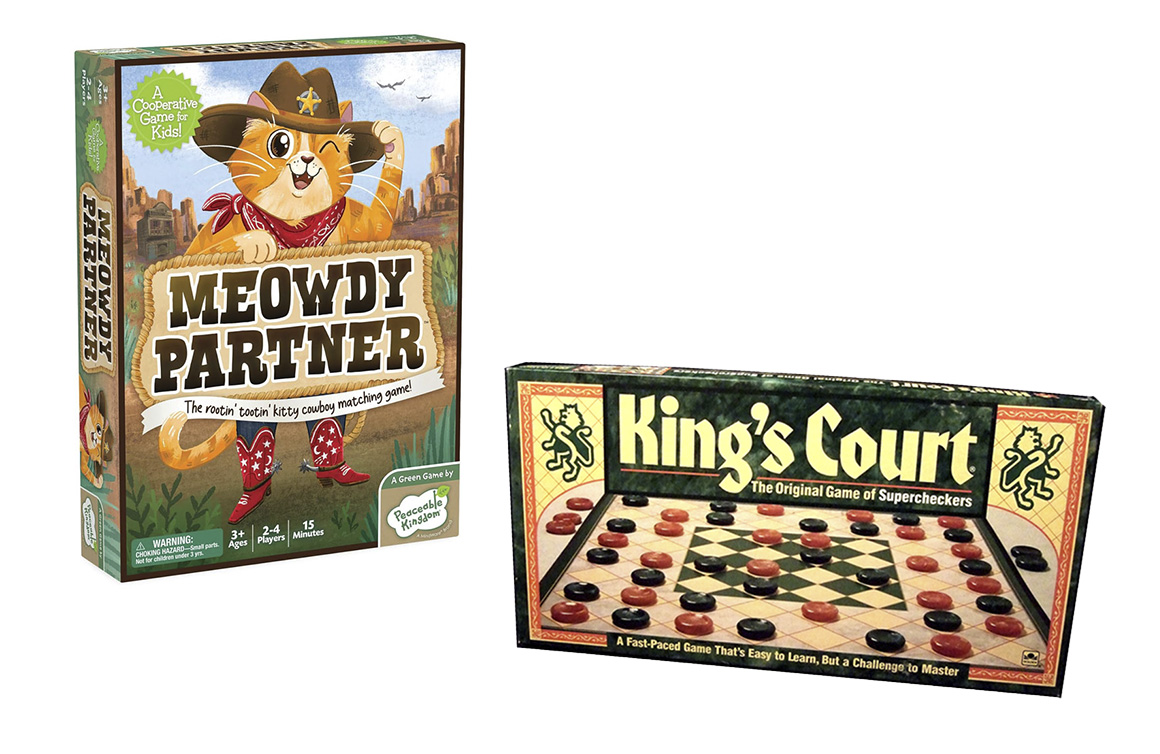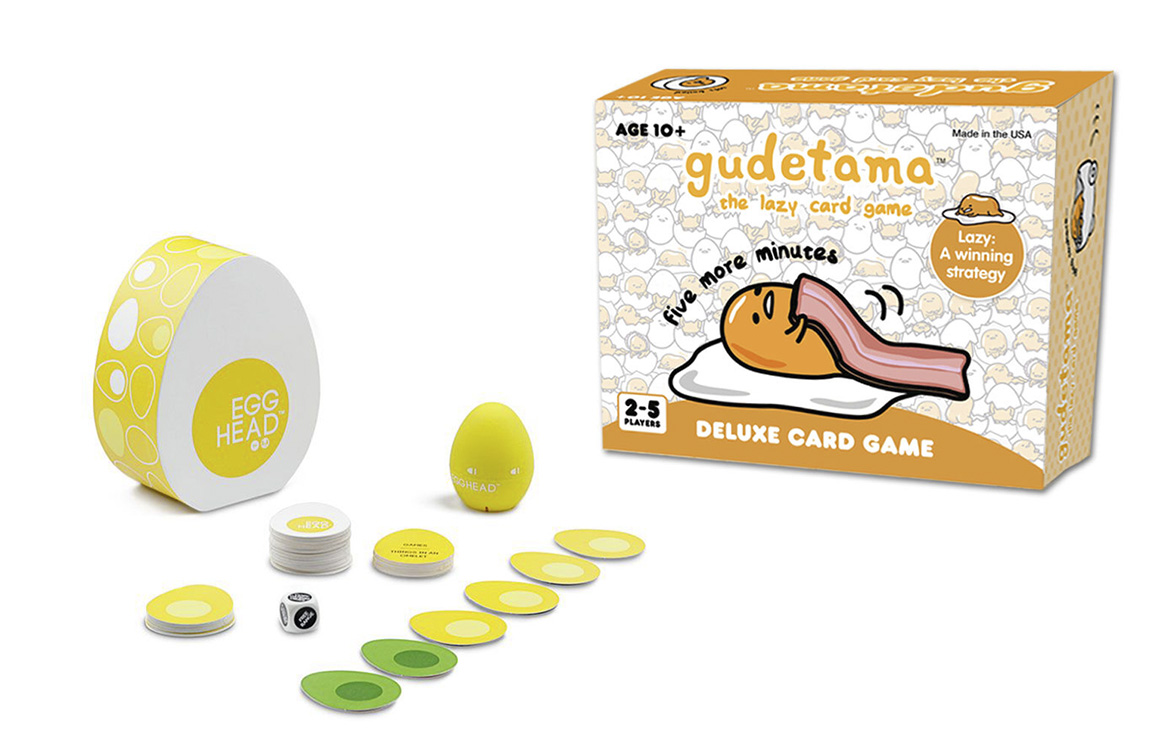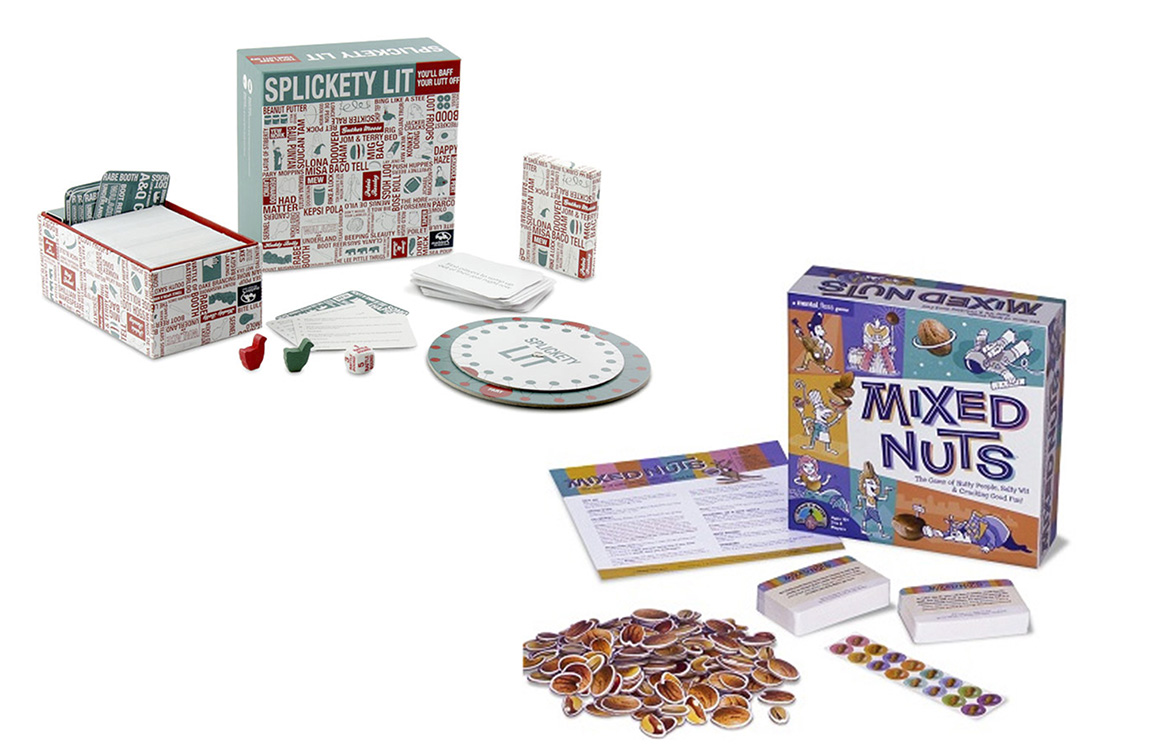![]()
How did you get into this line of work?
I fell into it.
I studied industrial design in college. I’m from the Midwest, and most of the jobs for industrial designers around here are motorsports, motorcycles, or farm equipment. None of that stuff interested me.
One of the places that I interviewed was Western Publishing, which, at that time, was one of the biggest publishers in the world of jigsaw puzzles, games, comic books, and lots of other things. I was offered a position there as a product designer in the games department, and I took it.
It was perfect for me because, yes, I’m an industrial designer, but I’m also a writer and storyteller. I learned there that I’m not just designing physical things like I would be if I worked at International Harvester designing tractors. With games, you’re designing how people interact with one another. You’re designing whimsy. You’re designing a lot of things that are intangible. I’ve always liked those aspects because to me, when you create a game, you’re almost moving the players — you’re setting them up to react and interact.
Plus, I like to write, and there’s a lot of that in game design, especially in the games I make. Sometimes the story is short, like “operate on a guy and don’t kill him”. But sometimes the stories get more intricate, sometimes the stories become teaching tools, and sometimes they’re a secret manipulation to get kids to talk to their parents. There are lots of ways to tell stories in games that don’t have to be long yarns or get really involved, but they always have a beginning, a middle, and an end.
Then, of course, I met lots of people during my tenure at Western Publishing and those relationships lasted through the years.

In what ways have the expectations of toy and game companies changed when partnering with a designer?
Oh, the expectations are entirely different now. With the improvements in technology in the past 30 years, the level of sophistication in development that game and toy companies expect to see from inventors has seriously increased. While the way we make and present products has changed enormously, play patterns and human interactions, when you boil them down, are much the same. Kids of all ages like to have fun. Everybody likes to laugh.
You have to keep up with the times. Everything, of course, used to be more analog, more face-to-face, requiring more travel and in-person meetings with people to do business. Now, there is so much technology that brings us together from across a distance. We used to build a lot more prototypes, and now we can often simulate them in renderings or videos. Before, that just wasn’t a thing.

What challenges do you face when developing toys and games for international markets?
It’s been challenging to me in recent years.
I had done a whole series of games for a publisher, which was also a retailer called Marbles the Brain Store. Over the years, I’ve loved making word games, think-y games, and complex games around language. Now that markets have globalized, there isn’t as much opportunity for those kinds of games. It seems like there should be, but what I’m finding, which is kind of disappointing, is that to translate those kinds of games into other languages for other markets is cost prohibitive. What you see now is games that are more simplistic and that can be manufactured and distributed across many different international territories.

You’ve been involved with all aspects of bringing toys and games to market. Is there one chronically underappreciated role in the process?
Oh, gosh, there are many.
You know, it’s funny, people see the breadth of my portfolio, and I don’t know what they think or where they think it comes from, but it always strikes me when I meet somebody new at a cocktail party or somewhere, they always say, “I never thought about where anything like that came from.”
There have been times during my career where I’ve had to go to Asia and build all kinds of manufacturing partnerships and understand that materials aren’t just there, they have to be procured, they have to be specified. They have to be tested for safety. And then you combine them. You need different factories for different kinds of things. And if you have a game that has little plastic widgets in it and a couple paper things and some other elements, you might have to organize five or six factories to make the different aspects, and then take them someplace else to collate and put them into a package and pack it out.
There is so much in games beyond how much there is in the creative development process.
When you have a content-rich game, it’s like writing a book. You can spend six months writing it or designing or illustrating it. It’s an enormous amount of work. Then the work that takes place after that is mostly invisible but is critical and tremendously specific and impressive when you think about it.
People think the hard part is the creative. And not to diminish that, but designing a game and bringing it to market are two completely different things. People ask me how to get a toy company to look at their game. I always ask if they actually made the game. They just look at me. You gotta start somewhere. To worry about making the deal is so far down the list of things that need to be done that it’s almost laughable. To pluck an idea from thin air and ship it into retail, — I, like a lot of independent invention companies –need an enormous range of skills to make it happen, and they’re contradictory skills.
You might be good at building crazy, whimsical mechanisms. But then you also have to be a salesperson, a marketing person, and a logistics person. It is kind of ridiculous. I mean, it does challenge every single inch of your brain. We’re not just a bunch of right-brain people coming up with stuff. It’s a tremendous amount of work. I would argue that if you’re a good creative, the selling and management side of it is harder, and vice-versa.

What advice would you give to aspiring toy and game inventors?
I usually tell them to do their homework. What I mean by that is you have got to go out and touch and shake the boxes to understand what’s out there and what is made by whom. If you’ve got a preschool game, you don’t want to be showing it to a company that makes wagons, you know? Look at the kinds of things you’re making and find the companies that gravitate toward those kinds of things. Then you have to look at those lines and understand what price the market would bear for something similar to yours. This advice may seem simple but you’d be surprised how many new people don’t do this. They don’t familiarize themselves with the marketplace, what’s current, and how things work.
The other thing is that many people new to the process tend to want to change how the entire business runs — how the industry works. You can’t blaze those kinds of trails when you’re new … unless you’ve got billions of dollars.
When I was new to the industry, I had to make it up on my own. There was nothing going on for inventors, and so I just went to New York Toy Fair and started making appointments in showrooms and talking to whomever I could. It was rough. You had to break down some doors. Now, there are organizations such as People of Play that you can join and connect with people in various sectors of the industry. You can learn a lot without having to put down as much shoe leather as we used to in the old days.
.


